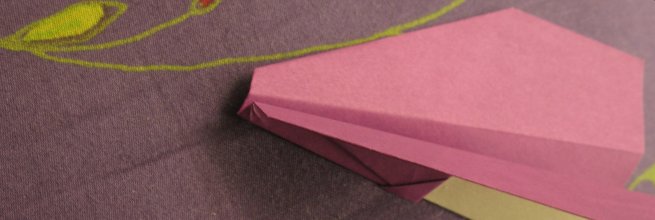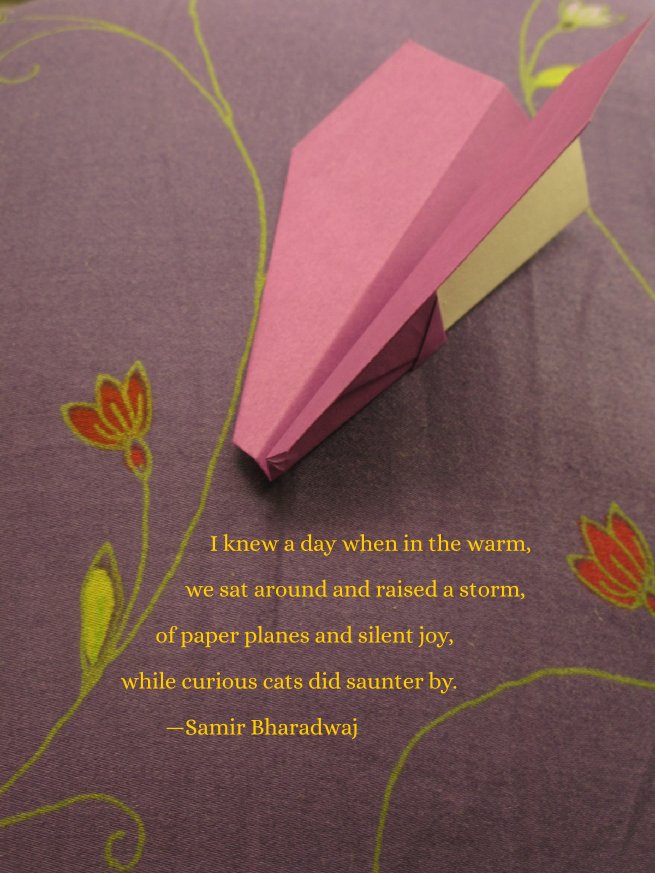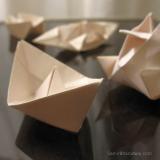I remember two books from my childhood very distinctly, both unusual for a child barely learning the mechanics of reading. One was my Mother’s college biology book with exquisite transparencies of the insides of frogs. The other was a glossy book with photographs, specifications, technical schematics and the history of Japanese war planes from the Second World War, picked up by my Father because it was beautiful. The second one I would never truly read beyond the pictures because it was all laid out in intricate Japanese text, but I pored over those boldly painted airplanes with inordinate interest as a child, and aircraft would become a fascination, both absorbed and inherited.

Part of the inheritance came from my Mother, who was so fascinated by all things aeronautical, that when she was in her teens, she famously took a dozen younger kids from her neighbourhood for a little picnic to the airport, so that they could all look at the planes. When I’m in the old neighbourhood, I still hear of that trip from the now not-so-young benefactors of that airport adventure, many decades ago. From my Father, who had lived most of his childhood at various spots along the flight-path of the Bombay airport, I received the inheritance of identifying aircraft. What my Mother did in walking down side lanes pointing out trees and shrubs to me by their Latin genus names, my Father did in introducing names such as Fokker Friendship, Comet, DC-10, Boing, Antonov, and Gnat into my vocabulary, whenever there was a droning sound above and an aircraft darted through the blue strip of sky between the rooftops.
The Gnat, which I wasn’t aware at the time was originally the Folland Gnat, and which I also wasn’t aware at the time was anything but the name of an aircraft, would weave itself back into my childhood in the then near future. But when I was just a few years old and finding my bearings in the world, it was already special, for while all the more common aircraft kept their distance in the sky and across vast empty spaces on airport tarmacs, I knew of a Gnat that was almost within reach of my little hands. Whenever we took a bus through Chembur to visit family, a shining metal structure was pointed out to me among the trees at Diamond Gardens. There it stood, pointing into the sky, in the flesh and metal, as it still stands today, I’m told, an actual Gant fighter aircraft that I would always seek with anticipation as we drove by. The thrill of catching a glimpse as the BEST bus gunned its engines out of the junction, always made my day.
The seasons pass slowly when we are younger, or so it seems, so much new to see and absorb, so much is a revelation. In those gradual years my love of books grew, as did my curiosity towards folding things from paper. While the paper boat was the necessary staple of the formidable Indian monsoon season, when I started going to school, the summer holidays were the long stretches of time to be filled and played in, and on warm afternoons, we’d sit in my grandparents’ balcony and throw paper airplanes.
The story of how I learnt to make paper airplanes is part memory and part mystery. After introducing me to origami through practical demonstrations, my Father eventually got me a slim book of instructions, with a set of coloured papers in a sleeve in the back cover, something he, coincidentally, picked up at an airport bookshop on his travels. I know for a fact that one of the models in the book was a simple paper plane. Not the long-nosed rocket that most kids fold (which I called the Concorde), but a stubby, sharp-nosed model that we later came to call the MIG. The mystery part of the learning is just the random learning kids do, exchanging ideas with other kids and adults, and being shown new things. You never remember where it came from specifically, but somehow you learn and retain.
Follow this video to make the MIG paper airplane model
The MIG model from the origami book had a problem. If it were a real aircraft, I guess you would call it a materials efficiency issue. To make its very sleek, pointy-nosed shape, the design required a sheet of paper that was narrow and tall, like a foolscap sheet. Our most common source of paper for our experiments were old school notebooks, which were too short. To make the MIG required cutting off a vertical strip from every notebook page, an effort and a waste of our precious resource. This, along with the fact that the model was almost boringly straight-flying, made us less enthusiastic about it, playing as we were in the limited spaces between buildings and trees. Straight lines didn’t last very long.
The solution came in the form of another model, a modification of the MIG to make use of a standard notebook leaf. It was broad winged, flat nosed, and flew in wonderful slow curves around the littered landscape. This one we called The Gnat.
Looking back now and reading up on these two real aircraft, the MIG and the Gnat, which formed the majority of fighters in the Indian Air force at the time, I can’t help but wonder as to the appropriateness of our naming. The MIG was a sharp nosed, delta-wing, super-sonic fighter, and the Gnat was a less severe looking, swept wing, sub-sonic fighter that was renowned for its manoeuvrability, so much so that it was the aircraft of choice for the Red Arrows aerobatic team for decades. Whether by co-incidence or a deep interest in aircraft at the time, we’d named our paper planes perfectly.
The paper incarnation of the Gnat was truly a simple marvel, and infinitely adjustable, so that we spent hours trying out variations and modifications, each one with short test flights indoors followed by hopefully longer ones through the trees in the compound. Numerous leaves of old school notebooks found their way around the neighbourhood, some soaring for long seconds through the air, and some plunging to the ground, egging us on to figure out what went wrong and try again. The Gnat would stay an important part of my childhood with paper planes and my continuing love of origami. Even today, if given a sheet of paper and some sky to play with, I would likely fold this plane and enjoy the results for far longer than you’d think possible.

This quote was originally posted on Twitter.
There was more to come in time. I’d learn how to make several models of paper airplane, having an arsenal of over a dozen I could fold from memory at one point in my teens. I’d learn the pleasures and perils of launching a paper plane from the 13th storey, I’d find a book on making airplanes in a dusty office shelf, design my own models, participate in dog-fights, build a paper air force, spending inordinate amounts of time on the wing insignias. I’d almost get into trouble for making paper planes in school, I’d stand in front of a university classroom to demonstrate how to make a paper airplane and receive a grade for what would have granted me punishment on prior occasions, I’d make several hundred Gnats over the decades and send them up into the warm afternoon air, waiting for them to show their character.
But those are several other stories.
Samir
P.S. To make a Gnat yourself, have a look at the step-by-step folding instructions I’ve put together at my new paper-craft site, Papernautic. Enjoy your flight.
Liked this article? Please share it: ![]()
![]()
![]()
![]()
![]()
![]()



Your patient writing is infectious!…enjoyed reading this..
Thank you, that is very high praise. I guess we all share some of these childhood experiences, especially those of who have lived before electronics and computers were quite so wide spread a part of life. The days when there other things to do were more common are worth telling the stories of, I think.
Glad you enjoyed this.
It’s great to hear your childhood stories. I’ve told you Samir, you have such a talent to write, it’s like seeing you play just a few years ago. Hahaha. 🙂
Magali
That’s probably because I still play with planes on occasion. The image is very fresh. 😉
Glad you enjoyed the stories.
nice post.
I really enjoy your papernautic adventures Samir and talking about design and movement nothing but excelency wow loving the page design impecable work Samir I can see you had a wonderful creative start hijos year 🙂
Thanks Magali. 🙂
Glad you’re enjoying Papernautic. There’s plenty more to come.
Really nice one. Just loved it as i am the one who still plays with paper planes and other stuffs as well.
Thank You so much for sharing such information among the readers. I am very happy after reading your post. Once, I had gone in my childhood while reading. 🙂
Thanks for your post. The lines written on the image were really awesome. It liked them very much.